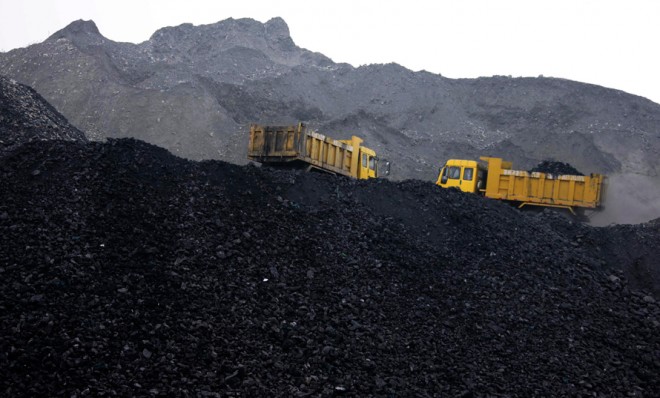China's newest environmental disaster
The country's plan to create synthetic natural gas could exacerbate climate change

So much for China's change of heart when it comes to taking care of the environment.
The Chinese government recently approved construction on nine of 40 large-scale plants that will convert coal into synthetic natural gas — a process that produces seven times more greenhouse gas emissions than regular natural gas production, and uses as much as 100 times the water as shale gas extraction, according to a new study by Duke University.
The research, published in the peer-reviewed journal Nature Climate Change, comes just two weeks after China announced plans to cut down on air pollution, and blocked the construction of new coal plants in three of the country's heavily polluted industrial regions.
The Week
Escape your echo chamber. Get the facts behind the news, plus analysis from multiple perspectives.

Sign up for The Week's Free Newsletters
From our morning news briefing to a weekly Good News Newsletter, get the best of The Week delivered directly to your inbox.
From our morning news briefing to a weekly Good News Newsletter, get the best of The Week delivered directly to your inbox.
"The increased carbon dioxide emissions from the nine government-approved plants alone will more than cancel out all of the reductions in greenhouse gas emissions from China's recent investments in wind and solar electricity," said Chi-Jen Yang, a research scientist at Duke's Center on Global Change who co-authored the study. "While we applaud China's rapid development in clean energy, we must be cautious about this simultaneous high-carbon leapfrogging."
The nine plants would be capable of churning out more than 37 billion cubic meters of synthetic natural gas annually. For comparison, in 2010, China as a whole produced about 103 billion cubic meters of natural gas.
It doesn't help that the extra 37 billion cubic meters will be a lot harsher on the environment.
The nine plants would dump 21 billion metric tons of carbon dioxide emissions into the environment over a 40-year span. If the others get approved, that number could rise to 110 billion metric tons. (To put that in some perspective: China's pumped 7.7 billion metric tons of carbon dioxide emissions in 2012, the highest rate in the world.)
A free daily email with the biggest news stories of the day – and the best features from TheWeek.com
If the gas goes toward electricity, "the total lifecycle greenhouse gas emissions would be 36 percent to 82 percent higher than pulverized coal-fired power," says Psy.org. If the gas goes toward filling up vehicles, it will be 100 percent more.
The environmental carnage doesn't stop at emissions: The plants will also gulp more than 200 million metric tons of water a year, far more than what is needed to produce regular natural gas. They will also release hydrogen sulfide and mercury, which are potentially toxic to humans.
So why is China, which just announced plans to reduce pollution, going through with these plans? "The idea is that natural gas will burn more cleanly in urban power plants and help detoxify the air in major cities like Beijing," says Brad Plumer at The Washington Post.
But while that would provide a short-term solution to urban air pollution, the impact on the environment would be greater in the long run.
Carmel Lobello is the business editor at TheWeek.com. Previously, she was an editor at DeathandTaxesMag.com.
-
 How will China’s $1 trillion trade surplus change the world economy?
How will China’s $1 trillion trade surplus change the world economy?Today’s Big Question Europe may impose its own tariffs
-
 ‘Autarky and nostalgia aren’t cure-alls’
‘Autarky and nostalgia aren’t cure-alls’Instant Opinion Opinion, comment and editorials of the day
-
 Japan’s Princess Aiko is a national star. Her fans want even more.
Japan’s Princess Aiko is a national star. Her fans want even more.IN THE SPOTLIGHT Fresh off her first solo state visit to Laos, Princess Aiko has become the face of a Japanese royal family facing 21st-century obsolescence